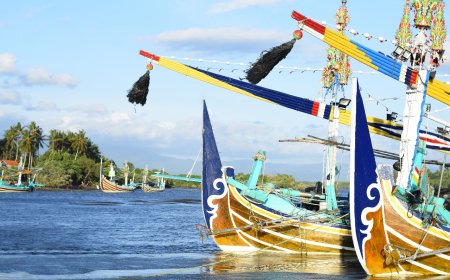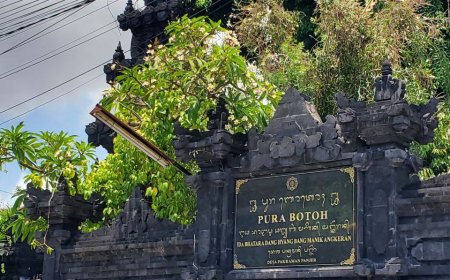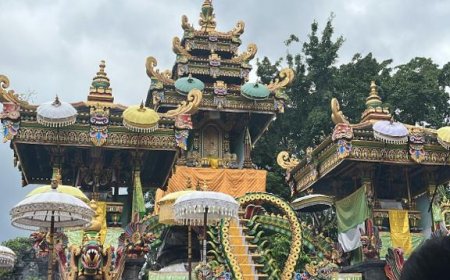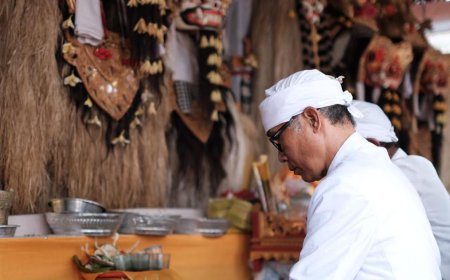The History and Beauty of Gunung Kawi Sebatu Temple: Spiritual Journey of Maharsi Markandeya
Gunung Kawi Sebatu Temple is one of the tourist destinations located in Gianyar Regency, Tegallalang District, Sebatu Village. This tourist attraction offers the natural beauty of Bali Island. In addition, there are objects that can spoil the eyes such as koi fish ponds which contain many fish of various sizes. There is also a place to purify yourself from negative elements. Gunung Kawi Sebatu Temple is suitable for tourists who want to find peace and soothe their eyes.
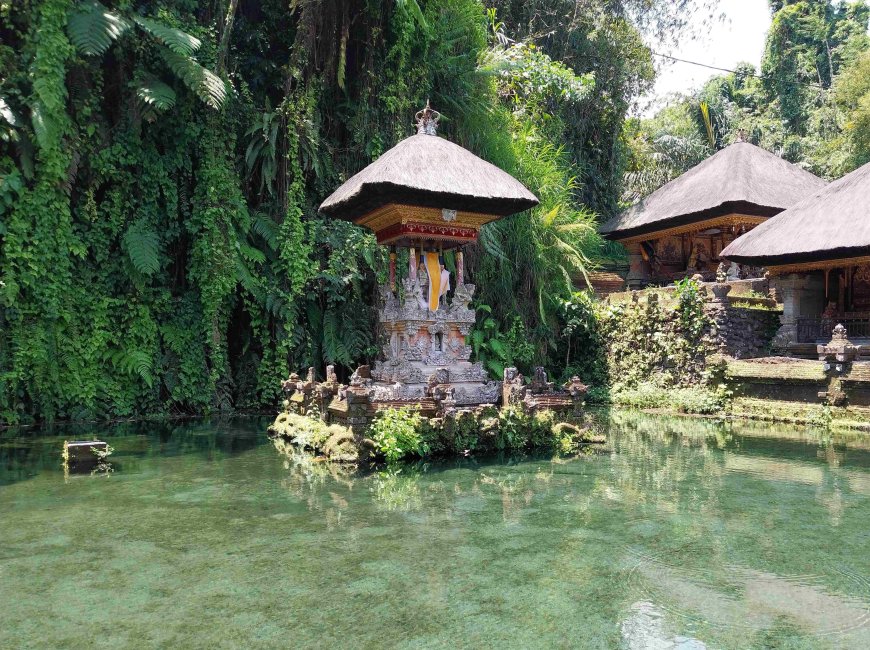
Bali is one of the islands that is known as the island of a thousand temples. Bali Island consists of lots of temples so it is called the island of a thousand temples. Temples on Bali Island are used as a place to worship God in Hinduism by the people on Bali Island. In addition, the temple can also be used as a tourist destination because of its uniqueness. One of the temples that has a great history of Hinduism on Bali Island is Gunung Kawi Sebatu Temple.
Gunung Kawi Sebatu temple is one of the Hindu temples located on the island of Bali, precisely in Kabupaten Gianyar, Kecamatan Tegallalang, Desa Sebatu. This temple has some history related to the history of Hinduism.
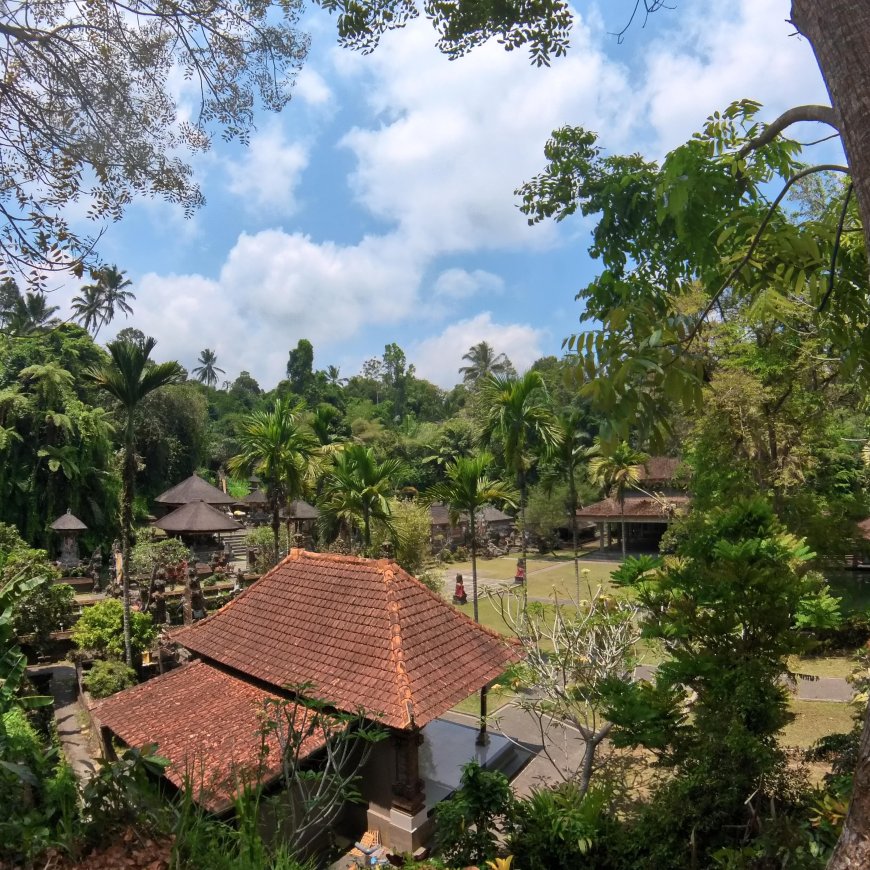
View of Gunung Kawi Sebatu Temple from Above (Source: Private Collection)
Gunung Kawi Sebatu Temple is related to the history of the spiritual journey of Maharsi Markandeya in the 9th century BC. During his journey, Maharsi Markandeya was followed by 400 followers who started the journey from Taro Village to Mount Agung. Maharsi Markandeya along with his followers made a very long journey along with hot weather causing his followers felt tired.
He and his followers decided to rest around this temple because it was considered cool and comfortable. During his rest0, he took the time to carve a statue while worshipping Sang Hyang Giri Pati or the God of Soul and Sang Hyang Ari Murti or Lord Vishnu to give Tirta Amerta as a thirst reliever and medicine for his followers who felt tired.
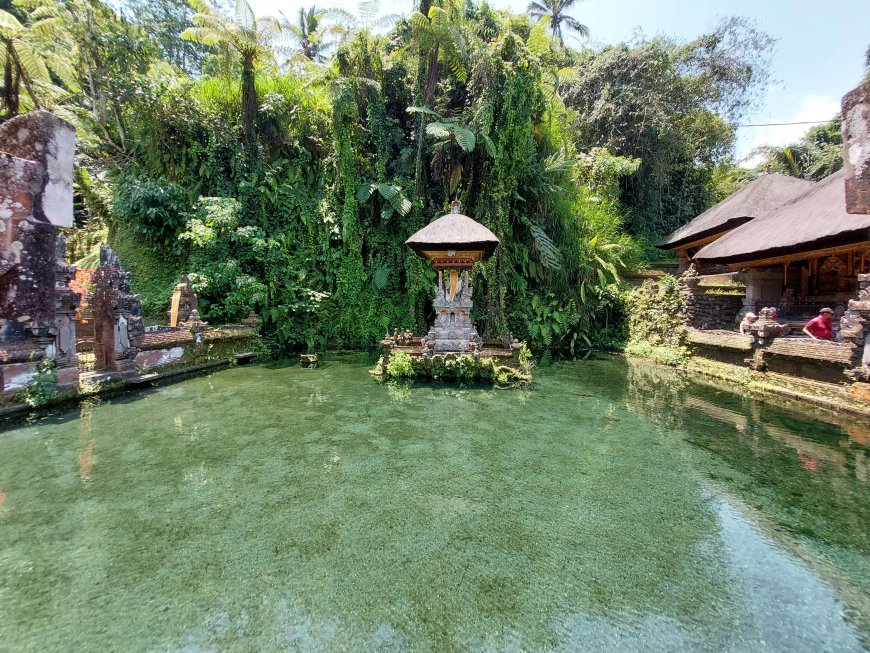
One of the Pelinggih in the Centre of the Pool (Source: Private Collection)
Then in the middle of the ritual, water emerged from the middle of Dawa or the name of the valley, and the valley filled with water was named Tirta Dawa Gunung Kawi. The name Gunung Kawi comes from a carving made by Maharsi Markandeya that symbolises the nearby mountain.
After the appearance of the first water source, another water emerged from the ground which was named Tirta Empul. Tirta Empul is a mixture of various springs around the temple location. Therefore, Gunung Kawi Sebatu Temple is used as a place for prayers or worship by other Hindus in the future because it is believed to bring good luck and health.
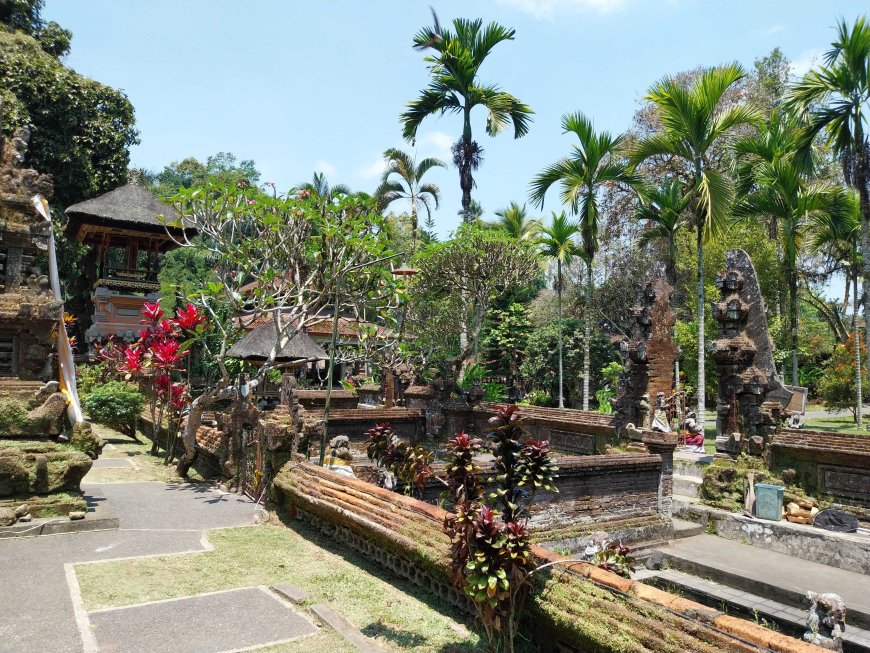 Gunung Kawi Sebatu Temple Area (Source: Private Collection)
Gunung Kawi Sebatu Temple Area (Source: Private Collection)
Gunung Kawi Sebatu Temple was built in the 10th century AD by King Udayana Warmadewa as a place of worship for Hindus in the Sebatu area. At that time, this temple was called Pura Pucak Penulisan and was used as a place to worship Sang Hyang Widhi, the main god in Hinduism.
The temple has a distinctive architecture with relief decorations on its walls. The reliefs illustrate mythological and religious stories such as the Ramayana and Mahabharata, as well as images of gods and mythological entities. Inside the temple, there are several shrines used to worship the gods and spirits of the ancestors. In addition, the temple also has an open area that is used for ritual activities such as worshiping and making offerings to the gods.
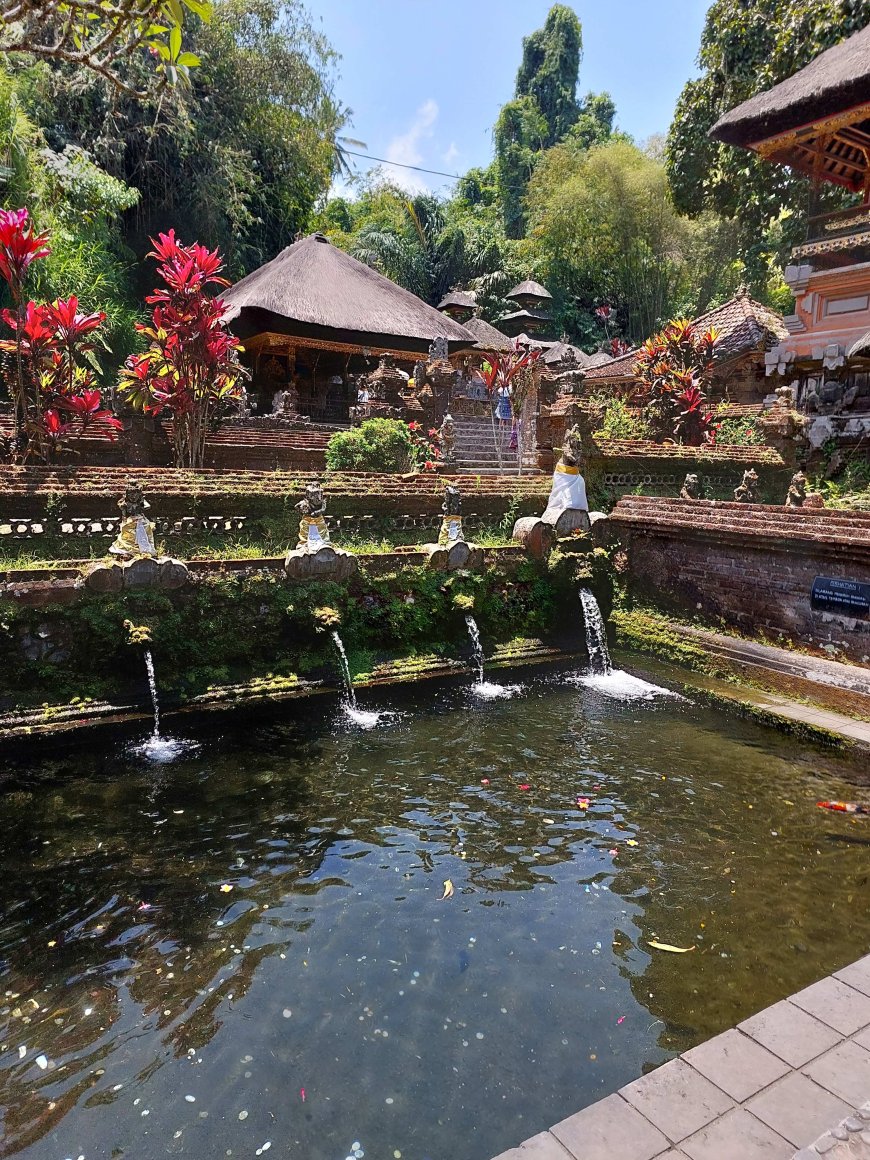
"Penglukatan" area of Gunung Kawi Sebatu Temple (Source: Private Collection)
There is a "penglukatan" located in the Madya Mandala or in the middle of Gunung Kawi Sebatu Temple. Penglukatan is a place for people to purify their soul. There are several holy water fountains where people use to "Melukat" or "purification bath" because it is believed that "Melukat" in this fountain will be blessed by the gods.
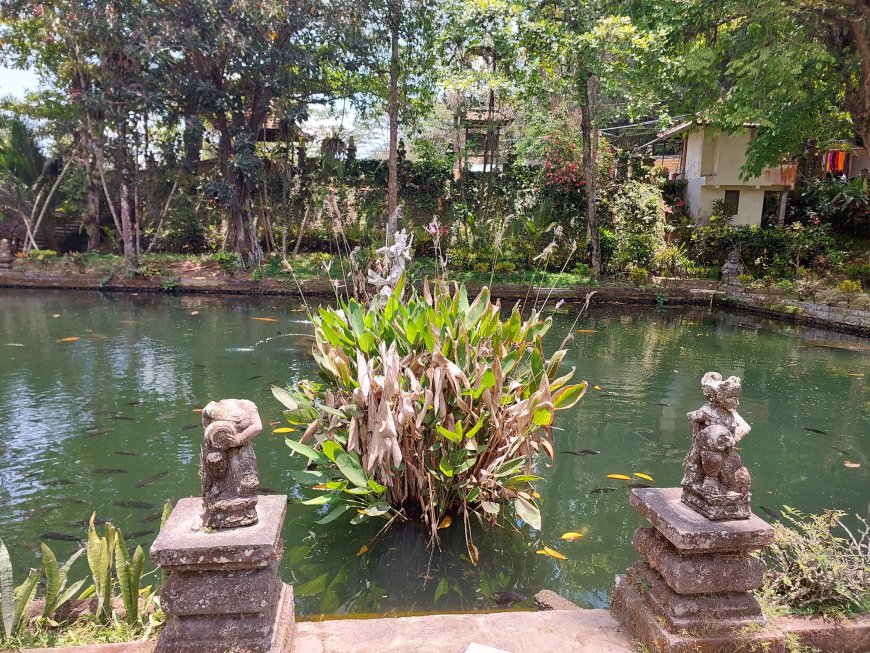
Koi Fish Pond around the Temple Area (Source: Private Collection)
One of the attractions for tourists is the koi fish pond. The tourists can feed the fish which can be bought from the vendors there. In the centre of the fish pond there is a statue of Dewi Saraswati surrounded by 4 frog statues, adding to the aesthetic impression of the pond.

Madya Mandala Area of Gunung Kawi Sebatu Temple (Source: Private Collection)
Gunung Kawi Sebatu Temple is one of the popular tourist attractions in Bali, especially for tourists who want to know Balinese culture and religion. In addition, the beauty of the surrounding nature and typical temple architecture make Pura Gunung Kawi Sebatu an interesting place to visit.
Gunung Kawi Sebatu Temple is also a place to hold several religious ceremonies such as "piodalan" and also other ceremonies such as "melaspas" or temple purify. These ceremonies are attended by Hindus from various regions in Bali and become one of the important moments in the religious life of the Balinese people.
To enter the Gunung Kawi Sebatu Temple area, visitors are required to wear a sarong or kamen as a tribute to the gods. In addition, visitors are also required to maintain order and cleanliness of the temple environment, and not take pictures or videos when the worship process is in progress. There is also a prohibition for women who are menstruating or Hindus call it cuntaka not to enter the temple area.
With its natural beauty and cultural richness, Pura Gunung Kawi Sebatu is one of the interesting tourist attractions in Bali and a silent witness to the beauty of Balinese culture and religion.
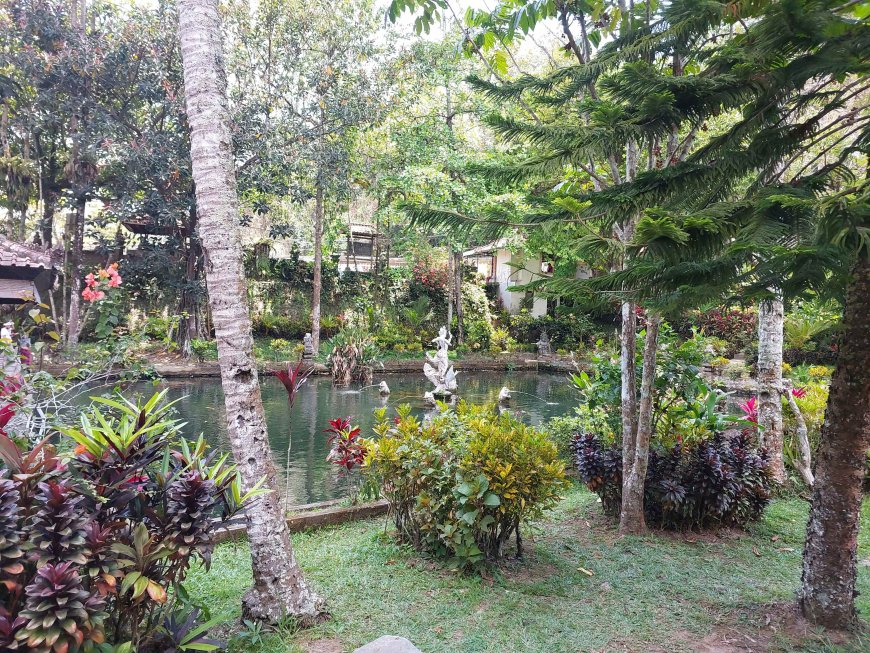
View of the Fish Pond from the Other Side (Source: Private Collection)
As a society, especially people in Bali, we must be able to preserve and care for the heritage and culture that has been made by our ancestors. Along with the times, many people do not care about existing objects. Therefore, we must continue to maintain and preserve existing objects and one of them is the Gunung Kawi Sebatu Temple located in Gianyar.
To get a virtual tour experience of Gunung Kawi Sebatu Temple, please click the "Click Here To See More" button.









